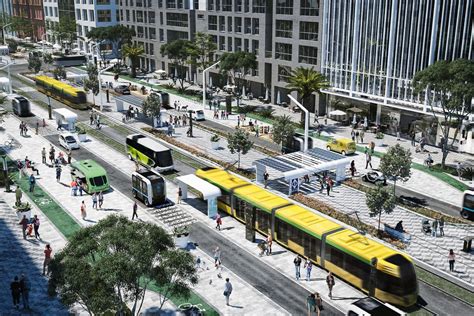Why does it take nearly a decade to install a mere 500 feet of pipes in one of the world’s most advanced cities, New York City? This ordeal not only exposes systemic inefficiencies and bureaucratic pitfalls but also underscores the pressing need for reform in the way public infrastructure projects are managed. The current process is fraught with inefficiencies, delays, and cost overruns, all of which have significant ramifications for both public trust and urban development.
At the heart of the problem lies the design-build versus design-bid-build debate. Historically, design-bid-build was implemented to prevent corruption and ensure transparency in public projects. However, it has become evident that this model might not be the panacea it was once thought to be. According to comments and analyses, the design-build method, which ties the design and construction phases into a single contract, is also not without its flaws. One might wonder, if it’s so effective, why was the design-bid-build approach adopted in the first place? Clearly, there were reasons that are still relevant today.
Public contracting rules, aimed at preventing exploitation and corruption, often become hurdles instead of safeguards. The layers of red tape meant to protect taxpayer money can sometimes lead to the project’s inefficiency to the extent that the cure becomes worse than the disease. One example provided by a commenter accurately illustrated this paradox: while the goal of these rules is noble, their implementation often results in exorbitant costs and endless delays.
A glaring issue brought to light is the lack of accurate and historical records of underground infrastructures. NYC’s failure to maintain up-to-date records has led to unexpected discoveries during projects, which not only inflate costs but also extend timelines indefinitely. This issue resonates with every major construction project in the city, where workers frequently stumble upon undocumented gas lines or other utilities, causing significant delays and unforeseen expenses. This is where programs like Dial Before You Dig become essential, offering a semblance of solution through better record-keeping and coordination.
Institutional knowledge is another critical element that’s fading away. The comment about physical plant workers in hospitals knowing ‘where all the bones were buried’ underscores the value of experienced workers who understand the intricacies of their infrastructure. Institutional memory is an unquantifiable yet invaluable asset, and its gradual erosion spells trouble for maintenance and planning. Public sector cost-cutting measures often overlook the long-term benefits of retaining such knowledge, resulting in self-inflicted setbacks.
Contract management emerges as a core problem. Public contracts often stipulate that the lowest bidder must be chosen, which may inadvertently lead to selecting contractors who are unprepared or incapable of effectively completing the project. Furthermore, these contractors have no ownership of the design and thus lack the incentive to ensure the work’s overall success. Misaligned interests and poorly written contracts lead to a situation where a contractor’s primary objective could diverge significantly from the project’s intended goals.
Historically, cities that have allowed for some degree of design flexibility and contractor autonomy, such as Vancouver and certain projects in France, have seen better results. These examples show the importance of aligning the incentives of all parties involved in the construction process. For instance, Vancouver’s Canada Line was efficient and completed on time because a single contract governed its design, build, and operation. When contractors are responsible for both designing and building, they are much more invested in the project’s successful and timely completion.
Finally, the notion of urban versus rural infrastructure management sheds light on broader systemic issues. Urban centers, due to their density and complex needs, require a robust framework for maintaining infrastructure. Many argue that the intricacies of city infrastructure are a financial and technical burden that needs continuous reform. While cities are needed for economic and social reasons, there is a pressing need for modernizing their approaches to infrastructure to ensure efficiency and sustainability.
NYC’s decades-long pipe installation saga is symptomatic of a larger problem that warrants immediate action. Without a shift towards better record-keeping, enhanced contractor accountability, and streamlined project management processes, similar issues will persist, hindering urban development and public trust. The city and its residents deserve a proactive and forward-thinking approach to infrastructure that not only addresses present challenges but also anticipates future needs.


Leave a Reply